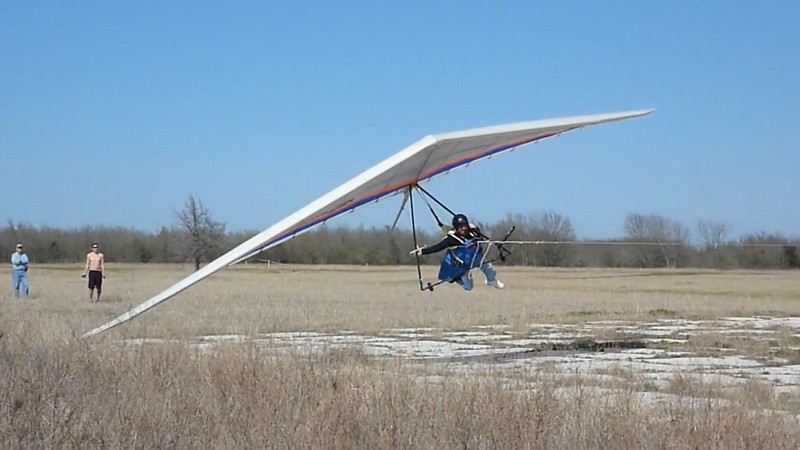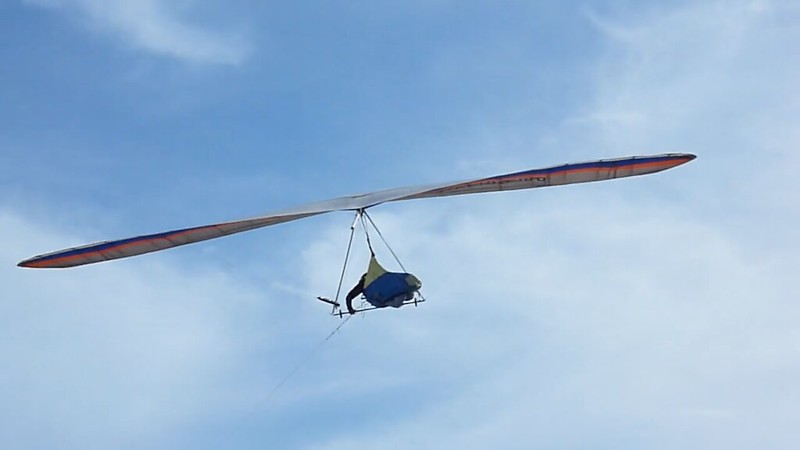Optimum Body Weight
Get the 155.Jatay - 2012/01/19 16:53:29 UTC
I am considering purchasing a used Sport 2 from a friend; I am not super proficient at hang gliding... yet. This would be a wing to be used in a year or so when my skill level is higher.
The catch is that, at 190, I am 10 lbs below the optimum body weight... it's a Sport 2 175 (optimum body weight 200-260).
I see the hook-in weight range as 175-320, which I would fall into nicely.
If one were advising a proficient hang glider pilot, would you tell that pilot:
1) The kite is too big and flying it at that body weight would show poor judgement.
2) If you are a good pilot you can fly a wing that large, just use caution with regard to the conditions you fly that wing in.
3) No problem, it's done frequently; be advised the wing loading will be lower and handling qualities may not be optimum.
4) ...
Thanks in advance for your learned advice.
When you're new the inclination is to get a bigger wing 'cause you figure it'll keep you up higher and longer. But the reality - you'll soon find out - is that hang gliders are a bitch to control and take a lot of muscle. And if you can't put the wing right where you want it the float advantage you have with the bigger wing will go down the toilet.
When you're entering or working thermals you'll be fighting to turn in the direction of the wing that's lifting. If you win the fight there's a big payoff. If you get overpowered you're gonna get kicked into sink.
Furthermore...
Although your vertical speed (sink rate) increases with wing loading, within the glider's certified weight range, your horizontal speed does too - proportionally and at no cost in glide ratio. That's a good thing when you're trying to make it to the next thermal or penetrate strong winds away from a ridge and to a safe landing area.
Generally speaking it's a good idea to go small if you're wondering about two sizes.

